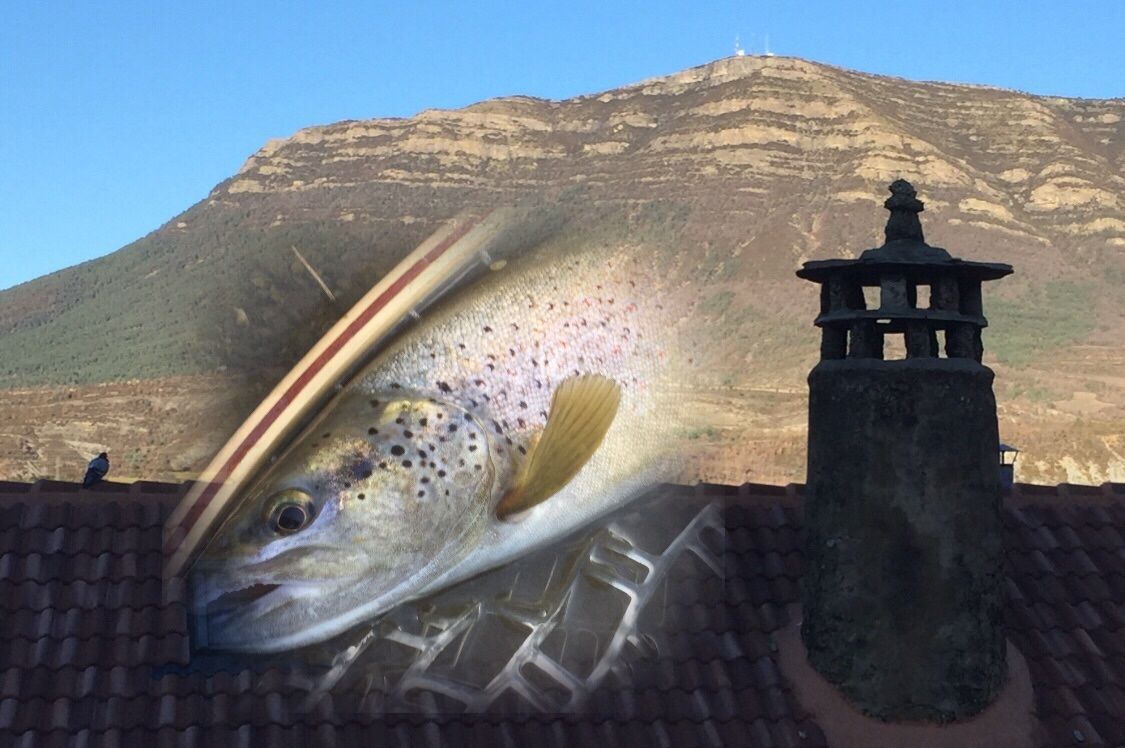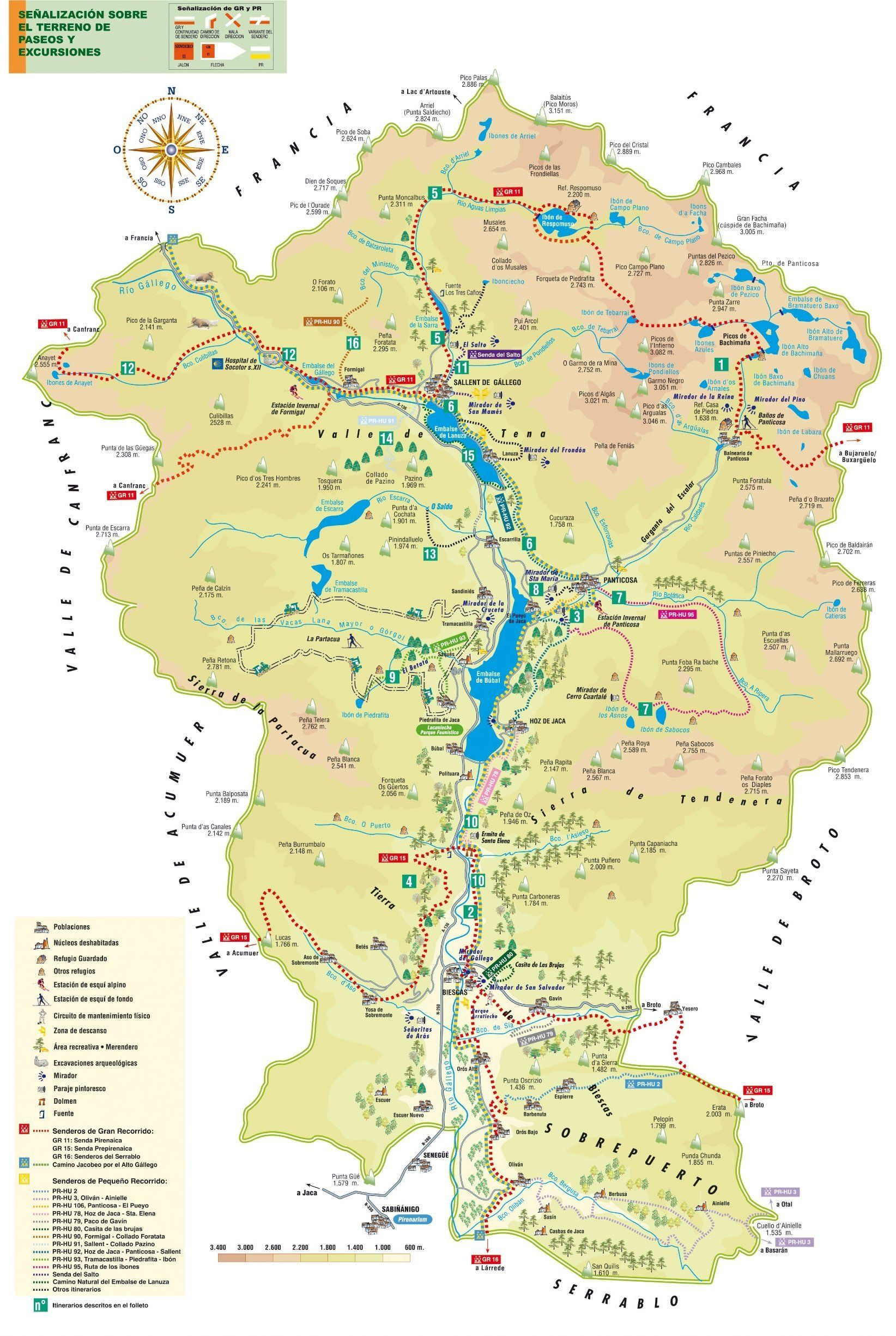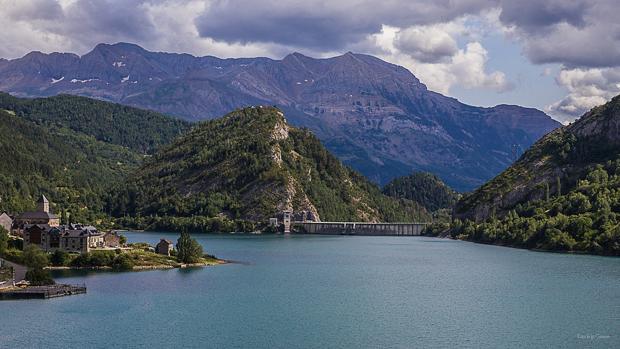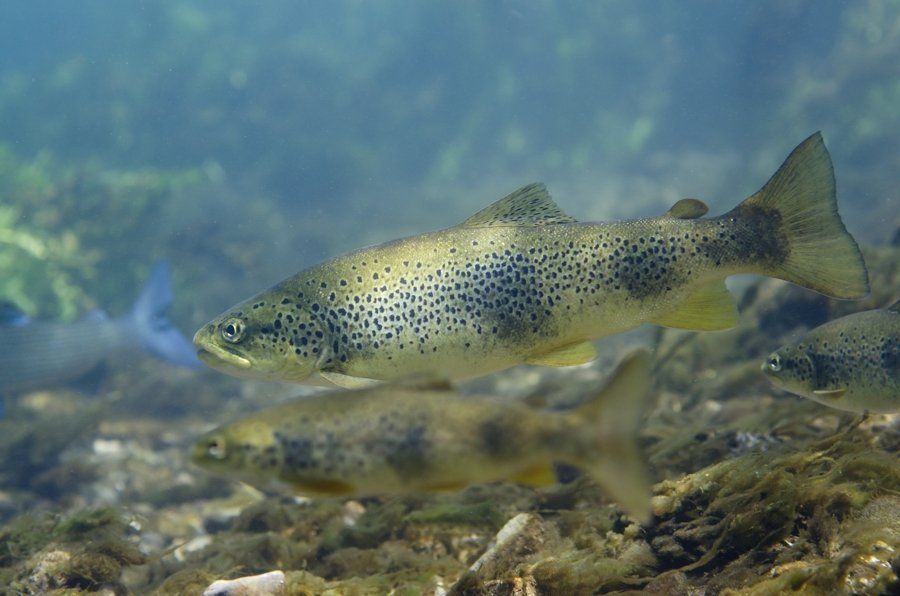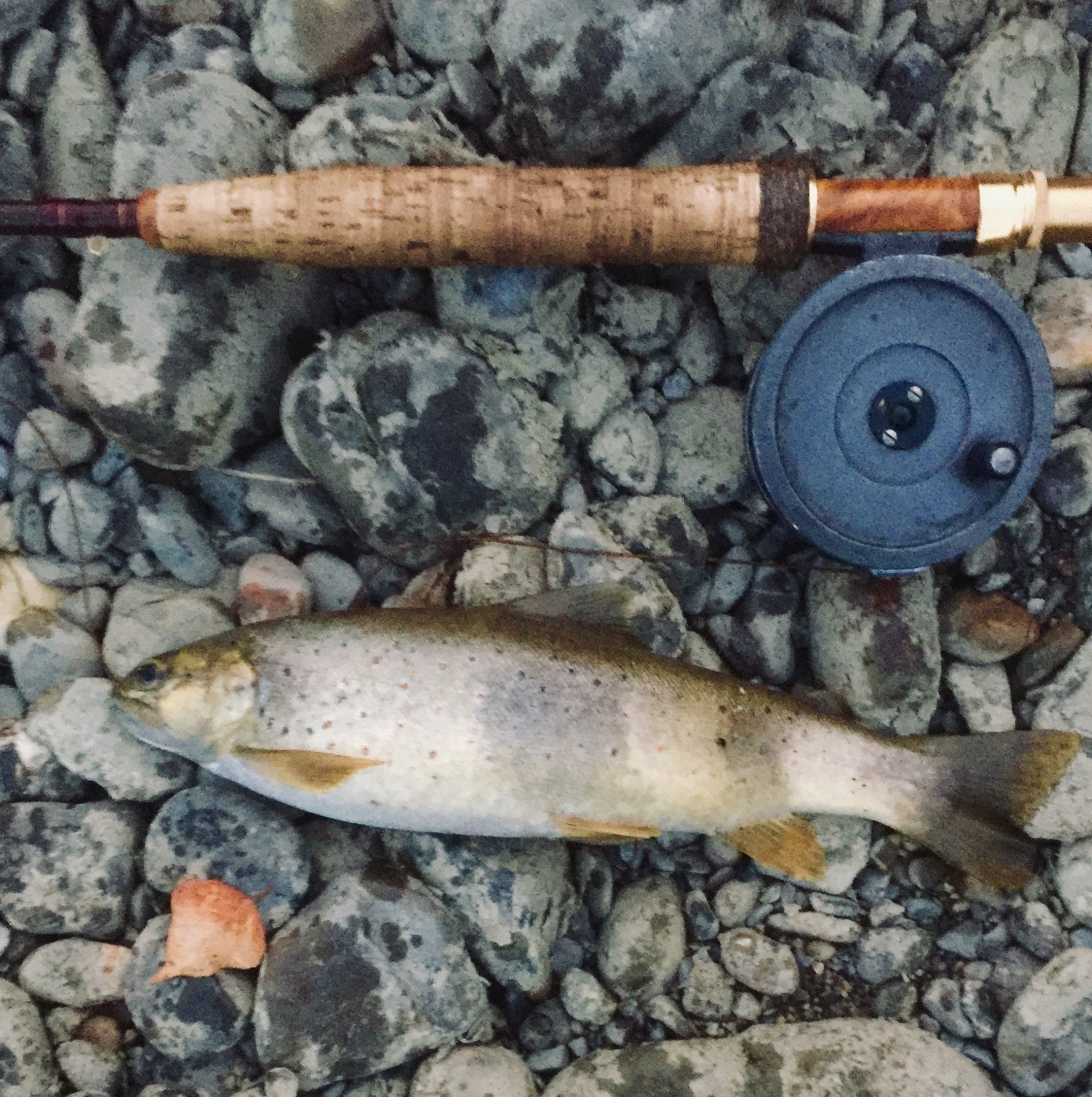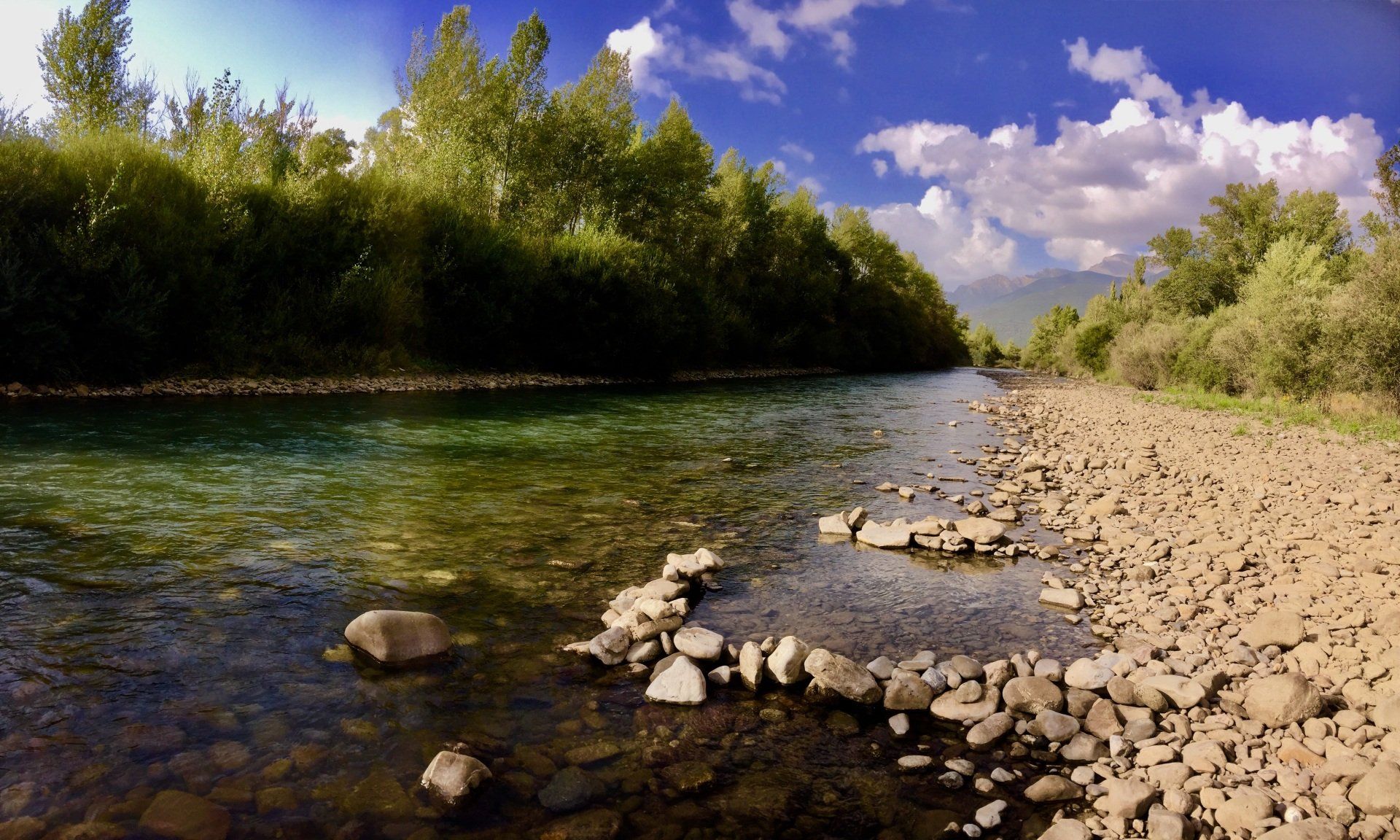Rio Gallego
The pearl of the Tena Valley
Wild fish and easy access, the coto de Olivan being one of the best available in Spain !
Before the construction of dams in its upper and lower valleys, the rio Gallego was undoubtedly the best trout river in the region. Now, as a tailwater, it is still renowned for the quality and size of its brown trout of pure Mediterranean origin. But, like any river cut by dams it can be the best or the worst option, depending on water levels. There is only one social coto on the high river is the famous Coto Olivan. A marvel but only at the end of the season (September and October) when the water is low and stable. The rest of the time, trying to fish it is like playing a lottery game, as water levels vary a lot daily, depending on the production of electricity by the Bubal Dam turbines.
Difficult fishing
Great mountain valley scenery
Exceptional fish
Waters regulated by dams
A bit of geography
The Gállego (Galligo rio in Aragonese) is one of the major rivers of the Ebro basin, with an area of 8,903 km2, in which it crosses 215 km before joining the Ebro.
It rises at the Aneu pass, north of Sallent de Gállego, at an altitude of 2,200 meters, near the Pourtalet pass (Tena valley), in the Spanish Pyrenees in the province of Huesca.
It receives its main tributaries in its upper part: Aguas Limpias (regulated by the marsh of Sarra), Caldares, Escarra and Aurín, which largely determine the flow and the characteristics of the Gállego.
Below, the rivers Guarga, Asabón and Sotón bring little flow. It crosses the Pyrenean foothills through the pit of Santa Elena and passes by Sallent de Gállego, near Panticosa and Sabiñánigo.
From there, it describes a wide bend to Triste, where it returns to its first North-South direction and never leaves it until the Gallego meets with the Ebro.
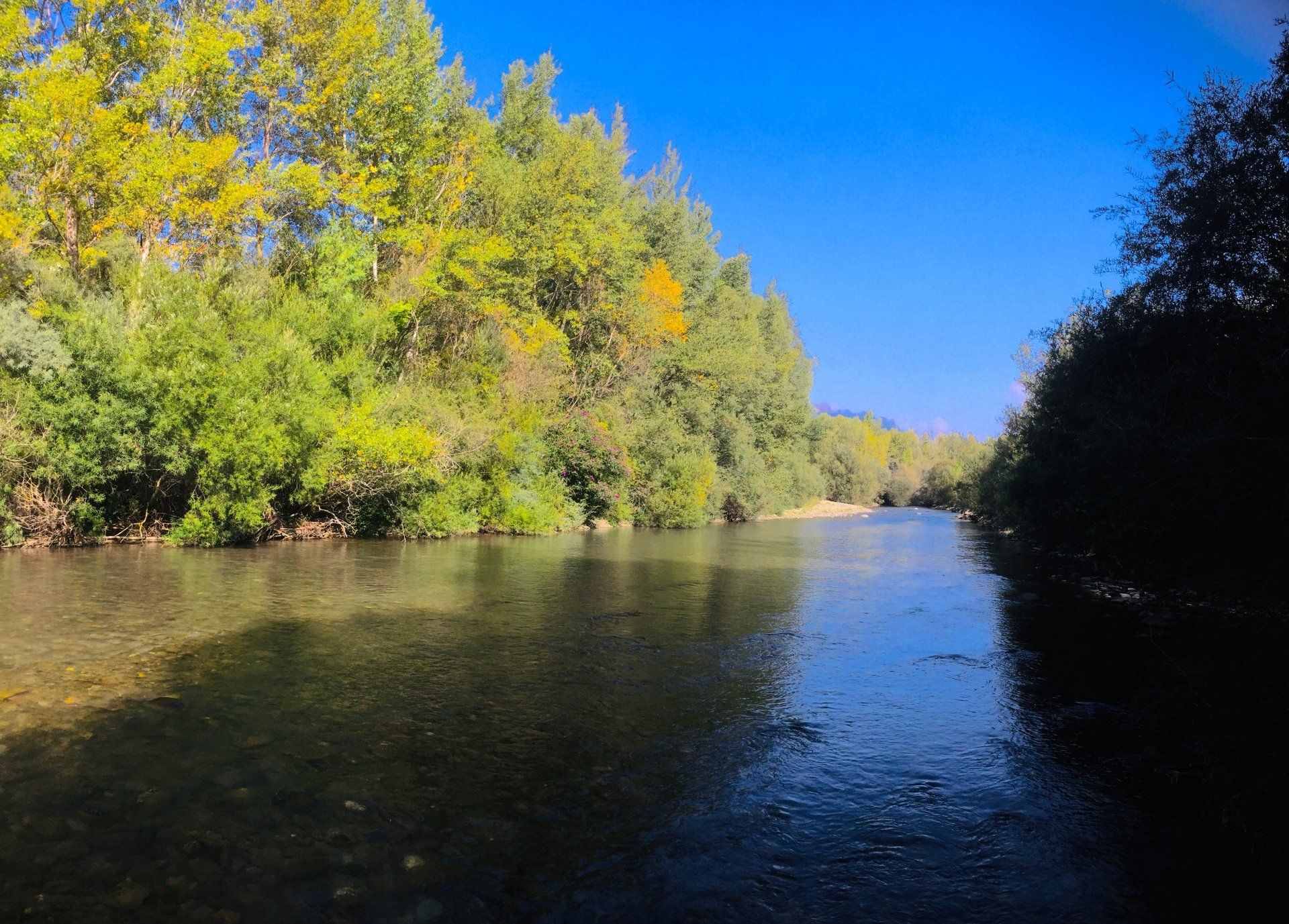
The best spots
Indoubtedly, the best part of the Rio Gallego is located upstream from Sabinanigo a few kilometers up from our guest house. The upper part right below the dam wall, especially upstream of the village of Biescas does not hold enough water from June onwards to be interesting .. You should know that fishing is everywhere a little difficult, and the fish very shy. The coto "social" of Olivan is now classified as a catch and release area, and so has been deserted by local anglers ... This 15km stretch truly is a fly fishing heaven, with many hatches througout the year, and trout of all sizes taking dry, wet flies and nymphs. Every fish caught, whatever its size, is never caught by chance, and is a reward for the clever fly fisherman ! Downstream of this famous coto, the Coto de Santa Quiteria may be easier to access and much more relaxing, but there too the fish are difficult!
The impact of dams on this tailwater
Let's face it : the Rio Gallego is not the most beautiful river and its sudden changes in water levels can make it unfishable. But, when that happens, no problem : there is always a solution, in most cases moving to another river. On the other hand, the huge advantage for the Olivan coto is that, even in the middle of a dry and hot summer, there is always a good water level, and the last 2 months of the season are probably the best time for fly fishing!



